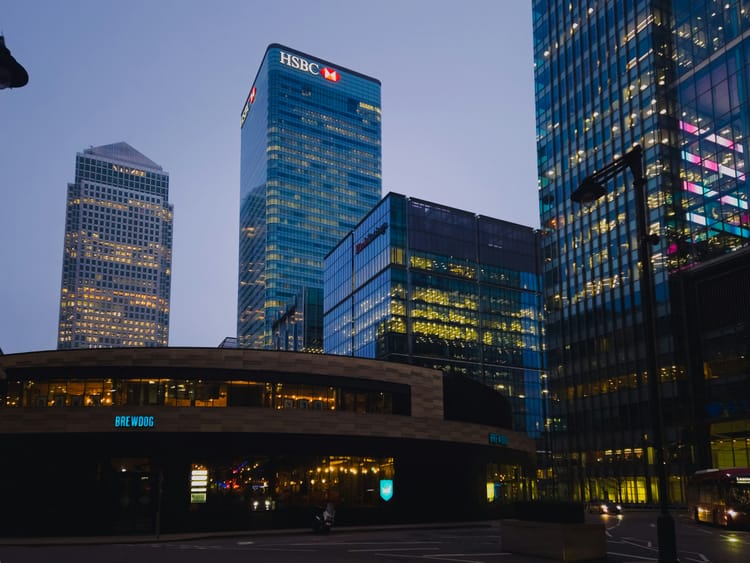Climate adaptation investments bring tenfold return over 10 years: WRI

A WRI study of 320 climate adaptation investments across 12 countries has found that every US$1 invested in resilience generates more than US$10 in benefits over 10 years.
This calculation is based on three key types of returns: avoided losses from climate disasters; induced economic gains such as job creation and increased crop yields; and broader social and environmental benefits.
Overall, the US$133 billion of investments analysed by the World Resources Institute (WRI) have a 27% average return rate and the potential to yield US$1.4 trillion, with benefits evenly distributed across all three types of returns.
With the study, the nonprofit suggests that investing in climate adaptation is not only urgent but also “one of the smartest development investments available today”, despite the fact that the wide majority of climate adaptation investments today underestimate the full monetised value of these dividends.
“This research has pried open the lid on what resilience is truly worth – and even that first glimpse is staggering", said Sam Mugume Koojo, Co-Chair of the Coalition of Finance Ministers for Climate Action from Uganda. “It's time for leaders to recognise climate adaptation is not just a safety net but a launch pad for development.”
Different climate adaptation investments bring different returns
Despite high levels of returns across the board, not all climate resilience investments – defined as those aimed at reducing or managing physical climate risks – are created equal. Previous studies found that investments in flood resilience, for example, had an ROI of 15:1.
WRI also finds that Investments in disaster risk management, such as early warning systems, show “exceptionally high returns” derived from safeguarding lives and infrastructure.
In addition, the health sector in particular could see returns of over 78%, since climate adaptation investments there can protect lives from impacts such as heat stress, malaria and dengue fever.
Climate resilience benefits, beyond climate
While most climate adaptation investments seek to avoid financial losses from climate-related impacts and disasters, the study shows that over 50% of their returns would occur even without these impacts.
“One of our most striking findings is that adaptation projects aren’t just paying off when disasters happen – they generate value every day through more jobs, better health and stronger local economies," said Carter Brandon, Senior Fellow, WRI. “That’s a major mind shift: policymakers don’t need a disaster to justify resilience – it’s simply smart development.”
For example, climate-resilient irrigation systems can support more diverse cropping patterns, and nature-based solutions such as wetland and coastal protections also provide added ecological and recreational benefits.
Furthermore, about half of these investments – particularly in energy, forestry, transport, cities and agriculture – often support greenhouse gas emissions reductions, suggesting that climate adaptation and mitigation go hand in hand.
“This evidence gives leaders and non-State actors exactly what they need heading into COP30: a clear economic case for scaling adaptation,” said Dan Ioschpe, Climate High-Level Champion for COP30. “Belém must become a turning point – mainstreaming resilience into national and local priorities and unlocking the full potential of non-state actors' leadership.”







Member discussion